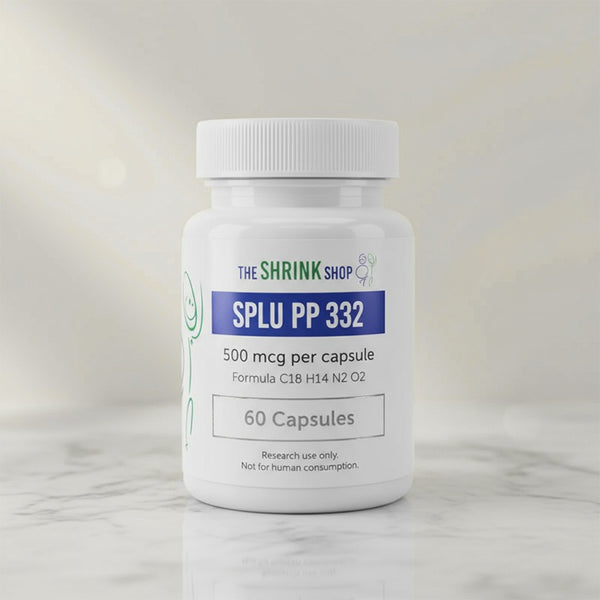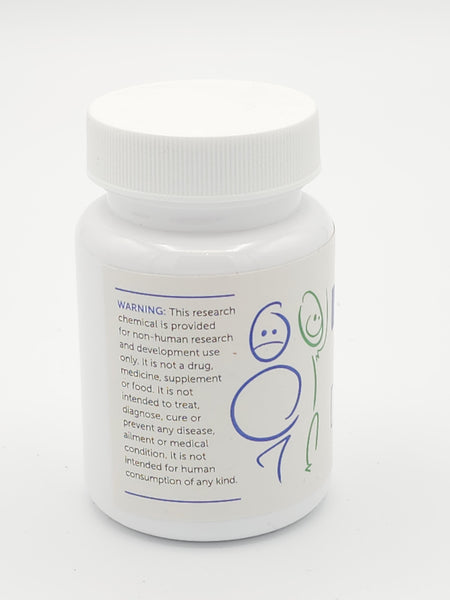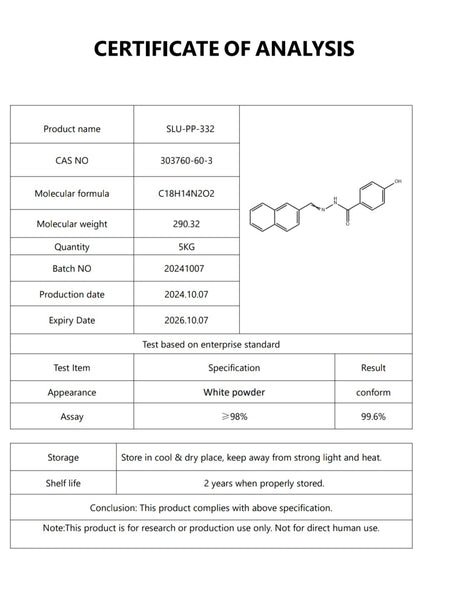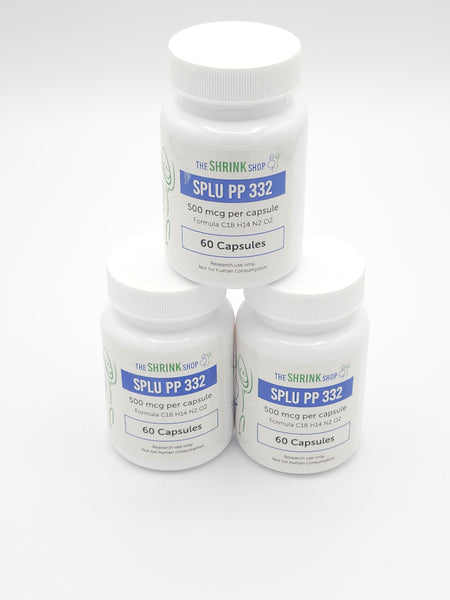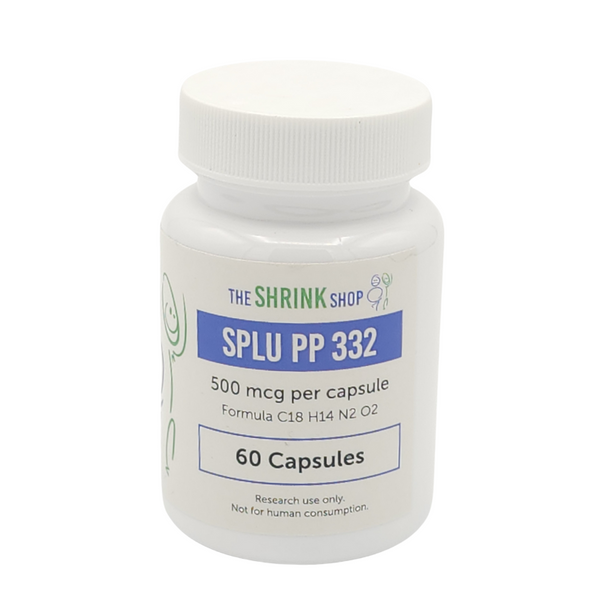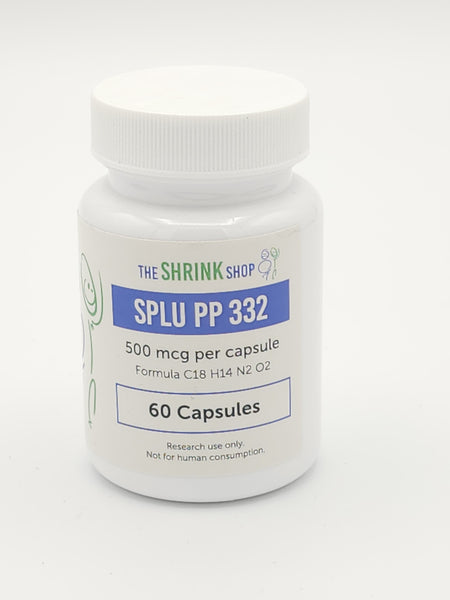SLU-PP 332
SLU-PP-332 is an experimental compound being studied for its unique ability to influence how the body uses energy. While still in the research stage, it’s gaining attention because of its potential impact on fat loss, muscle preservation, and metabolic health—all key challenges as we move through midlife.
🔬 How It Works
SLU-PP-332 activates a receptor called PPARδ (peroxisome proliferator-activated receptor delta). This receptor plays a major role in how muscles decide which fuel to burn—fat or glucose—and in how different types of muscle fibers are maintained.
Here’s the key:
-
Slow-twitch fibers (Type I) are built for endurance. They burn fat efficiently but don’t contribute much to power or strength.
-
Fast-twitch fibers (Type II) are larger, stronger, and crucial for strength, speed, and body composition—but they naturally decline with age.
Research on SLU-PP-332 suggests that by activating PPARδ, the compound protects fast-twitch fibers from being lost and encourages muscle to burn fat more effectively for fuel. This combination means:
-
More efficient fat metabolism 🔥
-
Better preservation of muscle size and strength 💪
-
A potential guard against the age-related loss of Type II fibers
💪 Why This Matters in Midlife
As we age, one of the biggest contributors to weight gain, weakness, and metabolic slowdown is the loss of fast-twitch muscle fibers. These fibers don’t just help us lift heavy or sprint—they’re metabolically active tissue that helps keep fat in check.
By protecting these fibers, SLU-PP-332 could theoretically help midlife adults:
-
Maintain lean muscle mass
-
Improve insulin sensitivity
-
Keep metabolism higher
-
Support strength and mobility long-term
✅ The Takeaway
SLU-PP-332 is not a shortcut or a replacement for training, but it’s one of the most intriguing research molecules on the horizon for anyone interested in staying lean, strong, and metabolically resilient in midlife and beyond. By potentially protecting the very muscle fibers we’re most at risk of losing, it offers a glimpse into how future science might support healthier aging and body composition.
For safety reasons
NO REFUNDS - no exceptions







